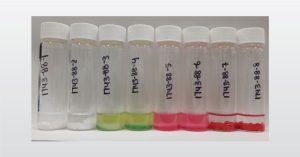
Analytical Approaches for Food & Beverage Webinar
In this webinar we introduce the analytical approaches for solving food and beverage challenges including contamination.
To enable certain features and improve your experience with us, this site stores cookies on your computer. Please click Continue to provide your authorization and permanently remove this message.
To find out more, please see our privacy policy.